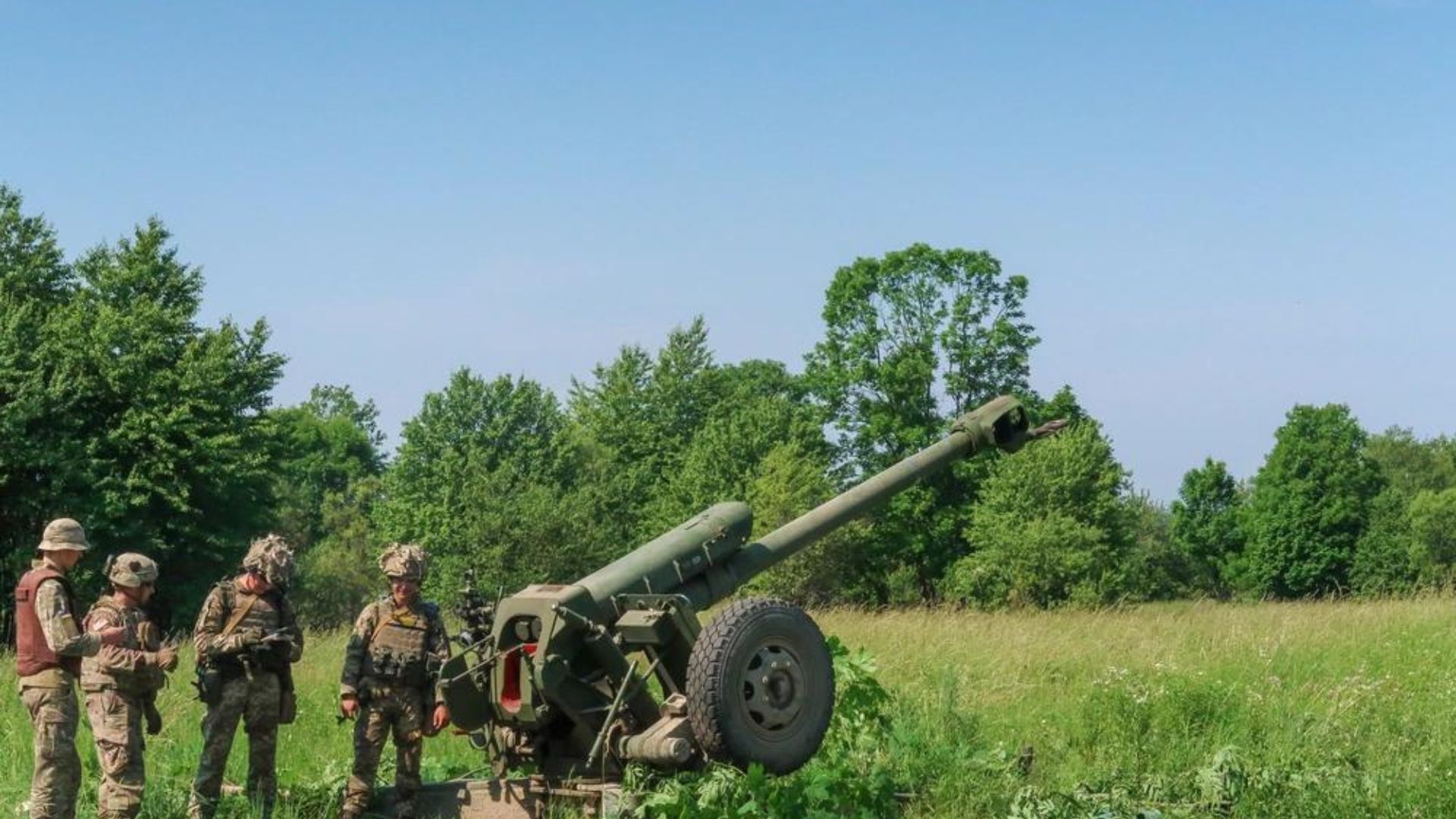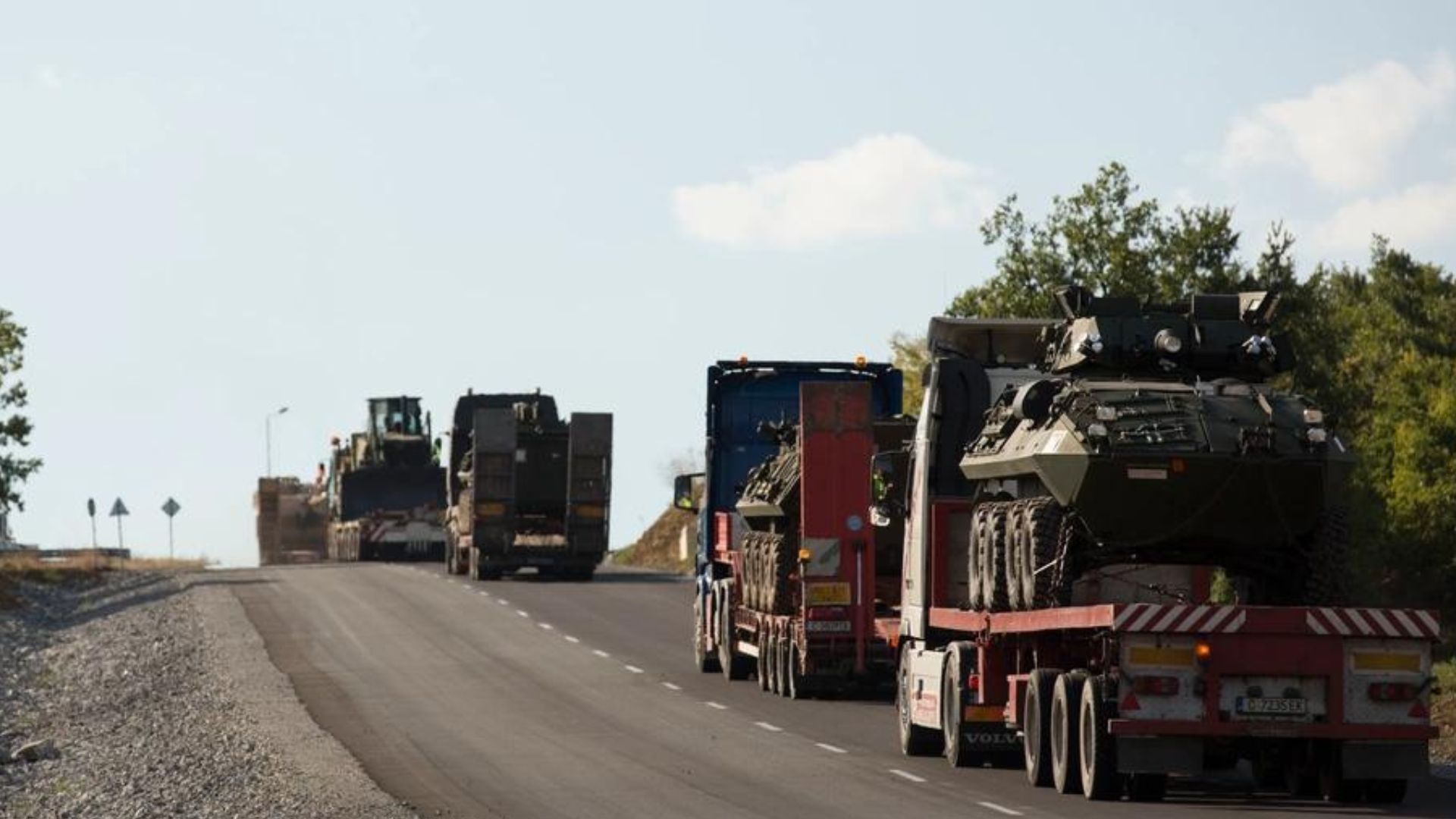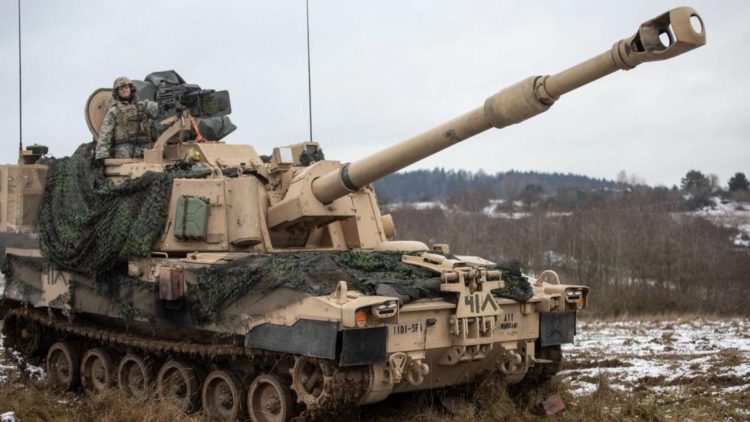Over the past 29 months, both Russian and Ukrainian forces have adapted their strategies, leveraging advanced technologies to gain an edge. Despite these advancements, one element remains constant: the heavy reliance on artillery, often called the “King of Battle.”
Most of the damage in this war comes from artillery fire. Russia is firing about 10,000 rounds daily, while Ukraine is firing around 2,000 rounds daily. Both nations continue to develop new tactics and integrate technologies to bolster their firepower.
Historical Context
Field artillery has been pivotal in warfare for centuries, evolving from rudimentary siege engines to sophisticated modern weaponry. The earliest recorded use of field artillery dates back to ancient China, where gunpowder and rudimentary cannon-like devices were employed during the Song Dynasty. These early innovations spread to the Middle East and Europe, where they were further refined. By the 14th century, European armies began integrating cannons into their battlefield tactics, revolutionizing siege warfare and altering the balance of power between warring states. The use of artillery reached a turning point during the Hundred Years’ War when the English and French armies demonstrated the devastating potential of cannons in battles such as Agincourt and Crécy.
The 18th and 19th centuries saw significant advancements in field artillery technology and tactics—the development of lighter, more mobile cannons allowed for greater flexibility and strategic deployment on the battlefield. Napoleon Bonaparte, a former artillery officer, revolutionized artillery tactics by massing his cannons into grand batteries that could deliver concentrated firepower, breaking enemy lines and paving the way for infantry and cavalry assaults. This period also saw the introduction of rifled barrels and explosive shells, which significantly increased the range, accuracy, and lethality of artillery. The American Civil War further showcased the impact of artillery with notable engagements like the bombardment of Fort Sumter and the extensive use of field artillery in battles such as Gettysburg and Antietam.
The 20th century brought about the most significant changes in field artillery with the advent of modern warfare. World War I witnessed the extensive use of heavy artillery in trench warfare, where massive barrages were used to soften enemy positions before infantry advances. The development of indirect fire techniques allowed for greater precision and effectiveness, transforming artillery into a decisive factor in battle. World War II continued this trend, with artillery playing a crucial role in European and Pacific theaters. Innovations such as self-propelled guns, rocket artillery, and the introduction of radar and advanced targeting systems further enhanced artillery capabilities. Field artillery remains a cornerstone of military strategy in contemporary warfare, incorporating advanced technology such as GPS-guided munitions and drones for real-time targeting and assessment, ensuring its relevance on the modern battlefield.

Current Battlefield Deployments
Ukrainian forces have strategically positioned their artillery around defensive strongholds in the Luhansk, Donetsk, and Kharkiv regions.
They plan to hold these positions for at least the next six months, fortified with obstacle belts overseen by artillery to deter Russian mechanized assaults. Consequently, Russian forces are resorting to small unit dismounted assaults, often referred to as “meat-grinders,” with limited success.
On the other hand, Russian forces rely on massive artillery barrages to dismantle Ukrainian defenses. They target Ukrainian artillery positions and use their artillery to support dismounted assaults, forcing Ukrainian soldiers to take cover and reducing their defensive capabilities.
Arsenal and Capabilities
Both sides boast an impressive array of howitzers. Ukraine uses a mix of older Soviet-era equipment like the 2S3 Akatsiya and newer NATO-provided systems, including the American M109 Paladin, British AS-90, and French CAESAR.

Additionally, Ukraine manufactures the 2S22 Bohdana Howitzer, partially funded by foreign aid. One challenge is the difference in ammunition sizes between NATO and Eastern European equipment, making Ukraine dependent on NATO supplies. Recent aid packages from the U.K. and U.S. included significant ammunition stocks and additional AS-90s and M109 Paladins.
Russia, possessing more artillery than any other military, utilizes Soviet-era self-propelled howitzers like the MS19 Msta-S and newer systems like the 2S33 Msta-SM2. Russia’s defense industrial base produces 250,000 artillery munitions per month, keeping pace with its military’s consumption rate.
Integration with Modern Warfare
Both sides have integrated their artillery into the evolving battlefield dynamics. The widespread use of electronic warfare has enhanced artillery’s role in combat.
New projectile systems, such as loitering munitions or precision missiles, quickly become ineffective as each side exploits vulnerabilities using electronic warfare. Artillery shells, lacking internal electronics, remain reliable for destroying targets.
Electronic warfare’s growing importance suggests that both sides will increasingly rely on traditional artillery. Additionally, both Russian and Ukrainian forces use drones to spot artillery targets, monitor strikes, and assess battle damage.
This method, first used by Russia during the 2014 Crimea invasion, has become more sophisticated, with drones operating more autonomously and targeting processes becoming more automated.
A Cornerstone of Strategy
Artillery has a storied history in the Soviet Union, which has heavily influenced modern Russian and Ukrainian military doctrine. As the conflict evolves with new technologies and tactics, the reliance on artillery remains a constant. This trend will likely continue as both sides recognize the critical role of artillery in their military strategies.
__
Disclaimer: SOFREP utilizes AI for image generation and article research. Occasionally, it’s like handing a chimpanzee the keys to your liquor cabinet. It’s not always perfect and if a mistake is made, we own up to it full stop. In a world where information comes at us in tidal waves, it is an important tool that helps us sift through the brass for live rounds.










COMMENTS
You must become a subscriber or login to view or post comments on this article.